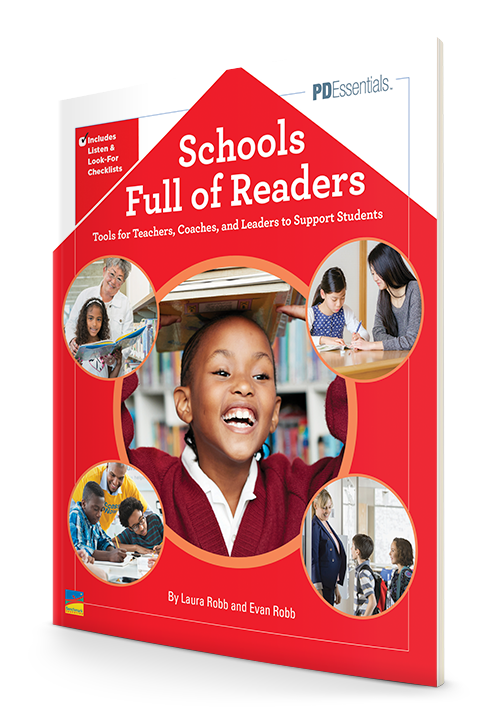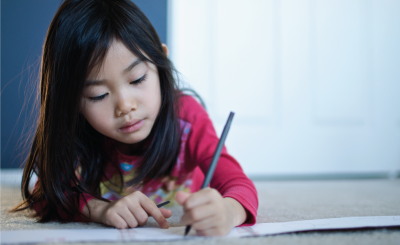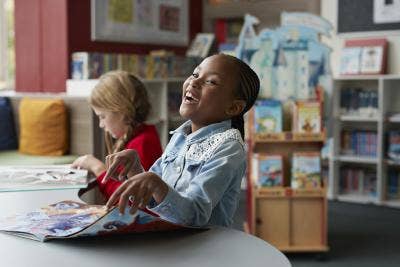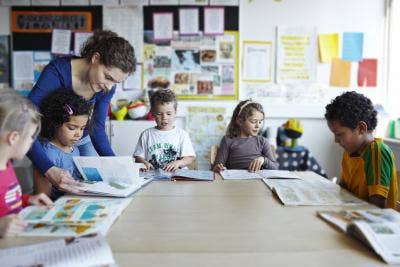- Benchmark Education
- Newmark Learning
- Reycraft Books
- Create an Account
There's an Elephant in Our Classrooms
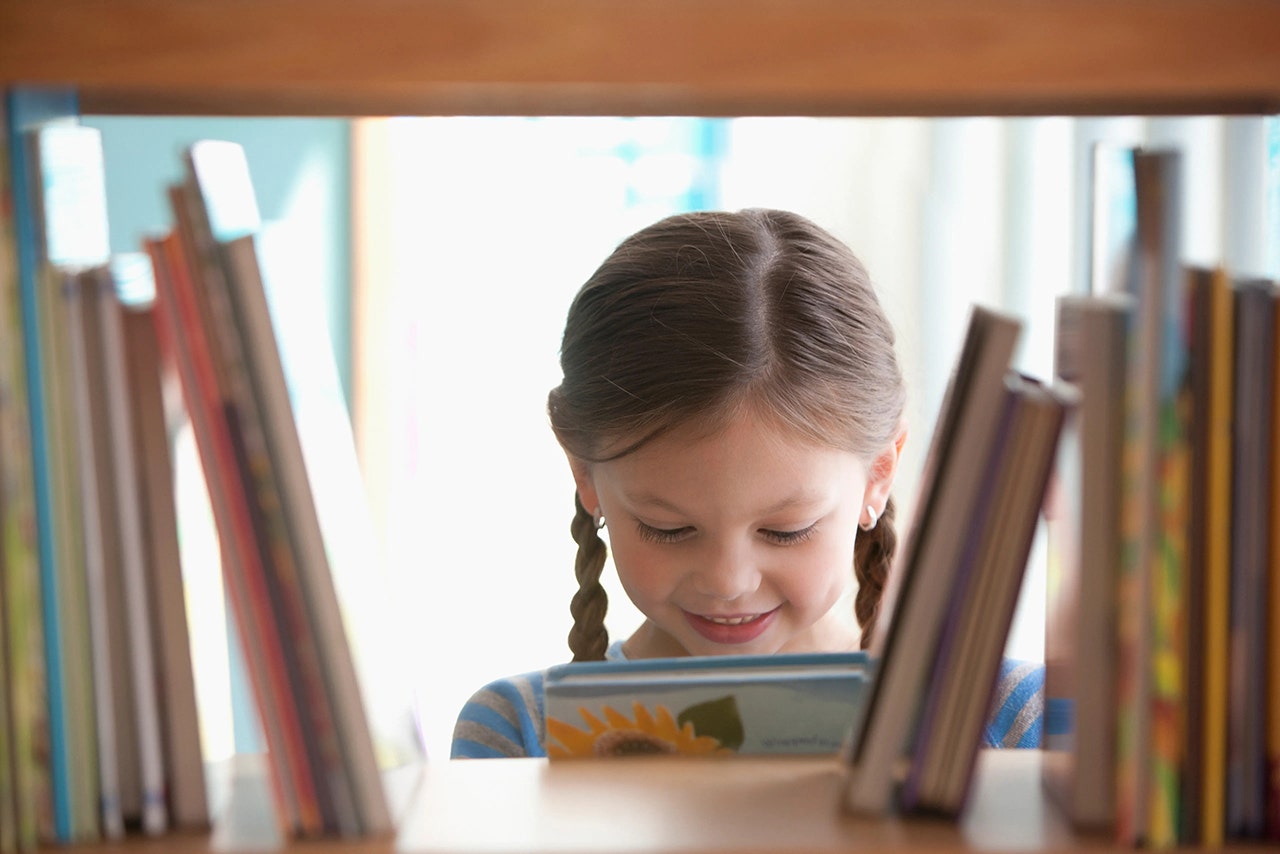
by Laura Robb
What happens to the skill and expertise of a soccer player who doesn‘t practice every day? Automaticity of moves declines. Muscle memory diminishes. Skills become dull from lack of use. Just as daily practice improves the skill set of sports players, daily reading of self-selected books improves children’s reading fluency, comprehension, and imagination!
Here’s the Disconnect
ELA teachers aren’t consistently reserving time for independent reading when their classes meet. Survey findings based on nearly 3,700 PreK-12 teachers and librarians show that 94% of principals and teachers agree or strongly agree that students should choose books at school and read independently every day, but only 36% made time for daily independent reading (Scholastic, 2017). You can reverse these stats by opening every class with fifteen minutes of independent reading!
Give Your Classroom Library a Checkup
Rich classroom libraries place books at students’ fingertips, always available for browsing and finding books they can and want to read. A starter library has about 600 unleveled books, and the goal is to increase the number of books to 1,500 over time. To help you complete your library checkup, consider these recommendations:
- Make sure books represent diverse cultures and topics, and a range of reading levels.
- Include a variety of genres: picture books; realistic, historical, and science fiction; fairy tales and folktales; fantasy; graphic novels; informational books; mysteries; poetry; short stories; magazines; and newspapers.
- Order multiple copies of popular books and series.
- Set up a chart where students can suggest books they’d like to see in the library.
- Develop with students’ input a sign-out and return system that works for their grade level.
It’s All About Interests
Through one-on-one conversations and interest inventories, discover students’ hobbies and interests, and what they love to do during their free time outside of school. With this information, you can suggest books they might enjoy. Getting to know your students as unique persons also builds positive relationships, and shows that you value each one and want to bring them to the reading life.
Set up conversations among students—pairs and/or small groups—so they can discuss their interests and get to know peers who enjoy similar experiences and might want to read and discuss the same book.
Advertise, Advertise!
Display some books face-out and change displays often. These can feature an author, a genre, a topic, a series, or students’ favorites. Share new additions to the classroom library by doing short book talks. Near the end of independent reading, reserve a few minutes for students to volunteer and give one-minute book recommendations. Peer recommendations resonate with students, so tap into these frequently!
A Personal Reading Life
Independent reading of self-selected books can develop students’ reading identities and introduce them to a wide range of genres and topics. The more students read at school, the sooner they’ll start to read at home.
Reading volume matters! The goal of developing schools full of readers can best be achieved when the principal, teachers, literacy coaches, and the media specialist become a team and advocate for independent reading every day!
What Next?
Join authors Laura Robb, Evan Robb, and Travis Crowder and host Patty McGee for a free PD webinar, Developing Fearless Readers and Writers Panel, now available on demand. This panel of world-renowned experts will explore how educators can help students move past fear and hesitation to discover deep, authentic engagement with reading and writing. Watch now!
About the Author
 |
Laura Robb is the author of more than 35 books on reading and writing. She received NCTE’s Richard W. Halle Award for outstanding middle level educator, and mentors many emerging authors and teachers. Laura is the co-author of Schools Full of Readers: Tools for Teachers, Coaches and Leaders to Support Students. |
You May Like: Schools Full of Readers: Tools for Teachers, Coaches and Leaders to Support Students


